Teej Festival: A Celebration of Womanhood and Monsoon
Introduction
Teej, also known as Haritalika Teej, is a significant Hindu festival celebrated with great fervor and enthusiasm by women in various parts of India and Nepal. This festival, which typically falls in July or August, marks the arrival of the monsoon season and is a celebration of the bond between a husband and wife. Teej is not just a religious festival but also a cultural and social extravaganza that showcases the rich heritage and traditions of the region.
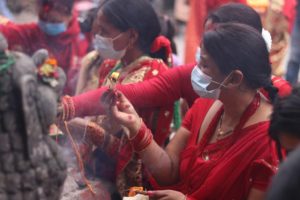
Historical Significance
Teej has deep historical roots dating back to ancient Hindu scriptures and legends. One of the most popular stories associated with Teej is that of Goddess Parvati, who is believed to have observed rigorous fasting and prayed for the well-being and long life of her husband, Lord Shiva. Pleased with her devotion and determination, Lord Shiva accepted her as his wife. This tale symbolizes the devotion and love between a husband and wife, making Teej a special day for married women to pray for the well-being and longevity of their husbands.
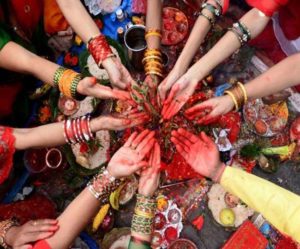
The Celebration
Teej is primarily celebrated by married and unmarried women, and it involves a series of customs and rituals:
- Fasting: Women observe a day-long fast during Teej, abstaining from food and water. This fasting is a symbol of their devotion and love for their husbands.
- Dressing in Red: Red is the dominant color of Teej. Women dress in beautiful red sarees or lehengas, often adorned with intricate embroidery and jewelry.
- Swings and Song: Women and girls often gather in gardens or courtyards to swing on beautifully decorated swings. Traditional songs and folk music are an integral part of the celebration, and women sing and dance to express their joy.
- Applying Mehendi (Henna): The application of intricate mehendi designs on hands and feet is another essential part of the Teej celebration. It is considered a symbol of marital happiness.
- Offering Prayers: Women visit temples dedicated to Goddess Parvati and Lord Shiva to offer prayers and seek their blessings for a prosperous and happy married life.
- Feasting: After a day of fasting, women break their fast after sighting the moon. They share a special meal with their families, which typically includes sweets and other traditional delicacies.
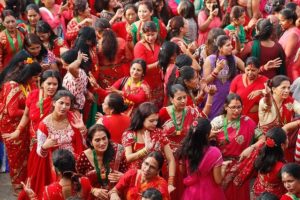
Social Significance
Teej is not just a religious festival but also holds significant cultural and social importance. It provides an opportunity for women to come together, strengthen their bonds, and celebrate their identity. Through the rituals and customs of Teej, women express their love, devotion, and commitment to their husbands and families. It also serves as a platform to showcase traditional music, dance, and art forms, preserving the cultural heritage of the region.
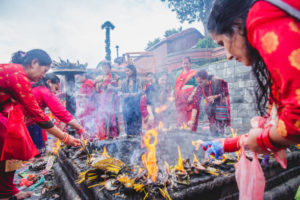
Conclusion
Teej is a vibrant and joyous celebration of womanhood, love, and monsoon. It reflects the rich cultural diversity and traditions of India and Nepal. Beyond its religious significance, Teej serves as a reminder of the strong bond between husbands and wives, the importance of family, and the power of women coming together to celebrate their identity and culture. It is a festival that continues to thrive, connecting generations and keeping ancient traditions alive in the modern world.
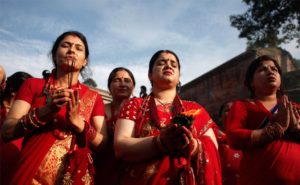








Leave a Reply